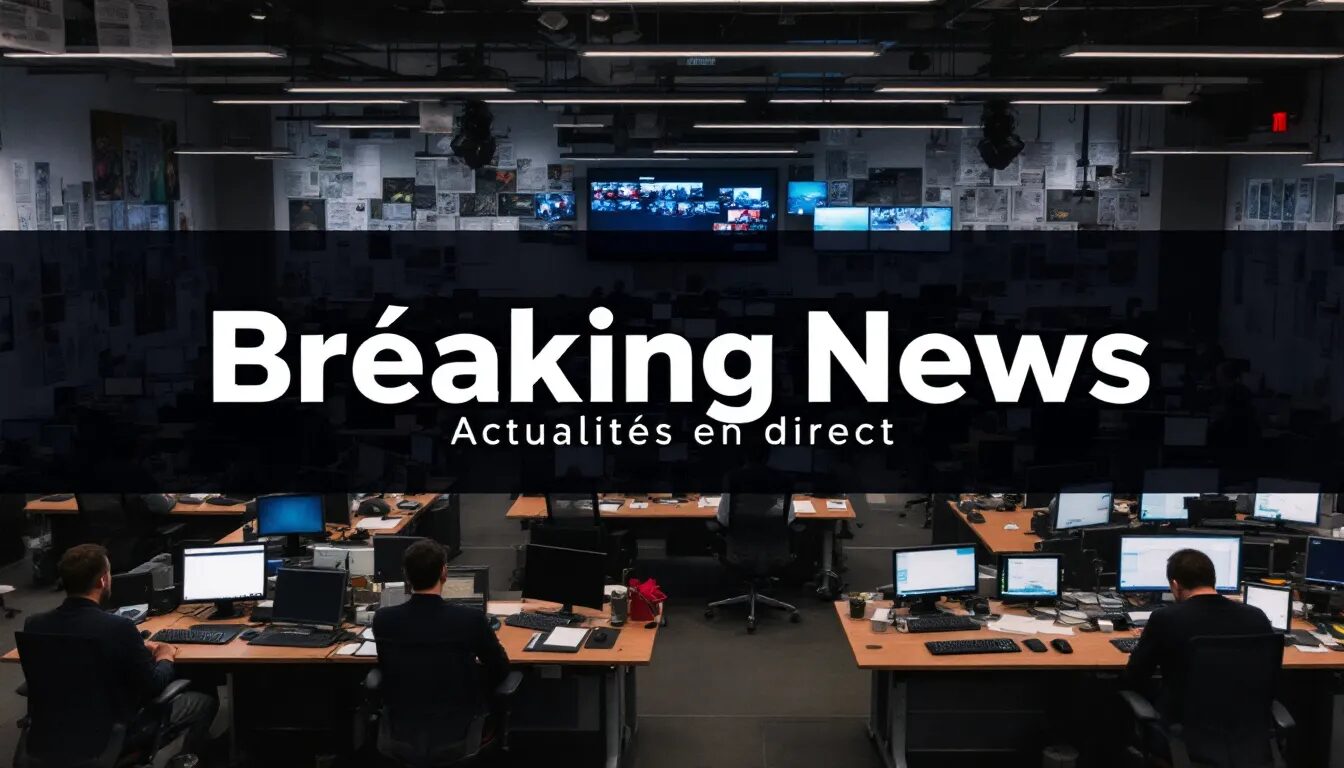From seed-stage startups to multi-million dollar art careers, here’s how strategic press builds the trust that gets investors to say “yes.”
Investors don’t just look at spreadsheets. They look at perception. Before they wire money, they want proof: that you’re legitimate, visible, respected—and positioned for growth. That’s where media coverage becomes your secret weapon.
Whether you’re a founder seeking VC funding, an artist looking for representation, or a creative entrepreneur launching a new brand, being featured in Forbes, TIME, or Rolling Stone isn’t about ego. It’s a trust multiplier. This guide shows you exactly how to use PR not just for press—but for capital, credibility, and long-term investor relationships.
Why Media Coverage Matters to Investors

Getting featured in top-tier press sends a powerful signal:
- Validation: A third party is saying “this person/product matters”
- Visibility: Your name is searchable, recognizable, and active
- Social proof: You’re not just telling the story—others are telling it for you
- Market positioning: You’re ahead of the curve or defining your niche
- Momentum: A well-timed feature shows growth and urgency
In investor meetings, perception is leverage. A single Forbes headline can do more than a deck slide.
Step 1: Define the Narrative That Attracts Capital

Before you chase press, define a story that aligns with what investors care about.
They want to know:
- What problem do you solve, and for whom?
- What makes your solution unique or defensible?
- What traction or proof do you have?
- What’s your long-term vision or exit?
- Why now?
Now turn that into a media-friendly story. Don’t say “I’m raising money.” Say:
“We just launched the world’s first AI-powered dental sculpting tool and closed a major partnership with clinics in Miami.”
Let the press imply momentum—without screaming “investor bait.”
Step 2: Get Featured in Strategic Outlets
Different media speaks to different investor types. Here’s how to choose:
Investor Type | Target Media |
|---|---|
VCs & tech investors | TechCrunch, Forbes, Fast Company, Wired |
Art collectors | Artnet, Juxtapoz, Rolling Stone, Artsy – explore more in the world of Art |
Lifestyle brands | Elle, Vogue Business, Business of Fashion |
Traditional finance | Bloomberg, WSJ, Fortune |
Indie/impact capital | Inc, The Guardian, Entrepreneur |
Aim for 1–2 top-tier features, then supplement with niche placements to round out your profile.
Step 3: Use Press Quotes and Logos in Your Pitch Deck

Your media wins shouldn’t live only on your socials. They belong in your investor materials:
- Add “As seen in” logos to your cover slide
- Use headline screenshots in the traction slide
- Embed pull quotes that speak to innovation, growth, or impact
- Include a “Press & Publicity” slide in your deck with clickable links
- Attach media PDFs in your data room
Investors are busy. Press makes you look polished, prepared, and already vetted by the public sphere.
Step 4: Run Strategic Media Campaigns Before and During Fundraising
PR isn’t random. Time your media releases to match funding milestones:
- Pre-raise: Publish a feature to generate buzz and soft interest
- During raise: Announce partnerships, team hires, or traction updates
- Post-raise: Share the raise once closed—but highlight what’s next
This helps build deal heat. Investors who see press and hear buzz at the same time are more likely to engage, ask questions, or fear missing out.
Step 5: Control the Google Page One
Most investors will Google you after the first call. You need to own that page.
Use PR to control what they see:
- Your Forbes profile
- A Rolling Stone interview
- Podcast appearances
- Your personal website or LinkedIn
- Coverage of product launches or exhibitions
- Articles where you’re quoted as an expert
If they see no press at all? It creates doubt. If they see old, irrelevant, or bad press? That’s worse. Media presence is due diligence armor.
Step 6: Repurpose Press Into Investor-Facing Materials

Use your press to:
- Write LinkedIn updates about company momentum
- Email investors with press hits as soft pings
- Share coverage in monthly investor updates
- Turn headlines into social ads targeting investor audiences
- Send follow-up emails post-meeting with a press packet
Each feature becomes a signal of consistency—and another reason to trust your leadership.
Step 7: Don’t Just Tell Investors—Let Media Tell Them
Investor logic is real. But emotional comfort is what makes them write checks.
When they see:
- TIME calling you a disruptor
- Elle covering your cultural relevance
- Forbes highlighting your vision
- Rolling Stone profiling your artistry
It builds emotional buy-in. They don’t want to miss the next big thing—and your media footprint tells them you might already be it.
Step 8: Work With a PR Team That Understands Capital

Most PR firms only think about audience reach. You want one that thinks like an investor:
- What’s the market signal of this headline?
- How does this story elevate founder credibility?
- Can this press link be added to a pitch deck or funding site?
VUGA Media Group works specifically with high-growth startups, artists, and cultural entrepreneurs to create funding-focused media positioning that closes deals.
If you want to raise capital in today’s market, you need more than numbers. You need a story. A presence. A signal that says, “This person is going places.”
Great media coverage is that signal. It’s not fluff—it’s fuel. And the investors you want? They’re watching, reading, and searching before they call.
So the real question is: what will they find?




